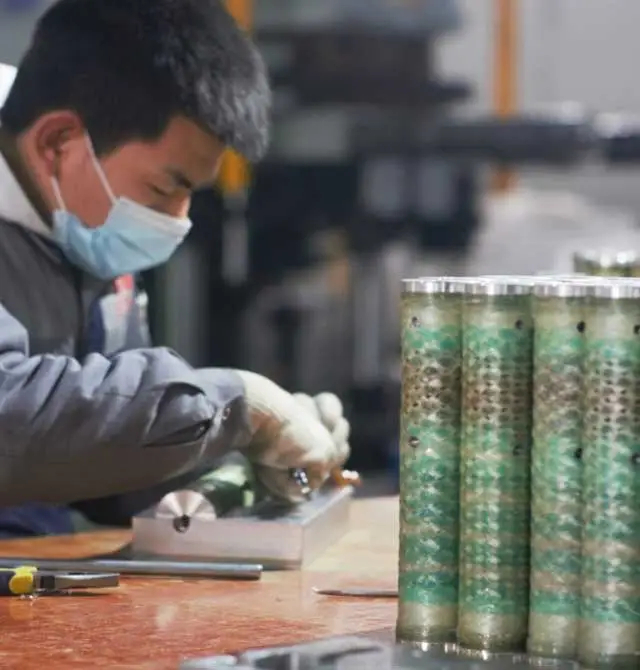Core material: The core of a PBT arrester should be made of a highly insulating material, such as porcelain or epoxy resin, in order to reduce the possibility of sparking and arcing.
Core size and shape: The core of a PBT arrester should be designed in such a way as to provide maximum surface area for the current to flow through, while also providing adequate insulation against short circuits.
Electrical insulation: The core of a PBT arrester should be designed with high-quality, high-temperature insulation materials to ensure that the arrester can withstand extreme temperatures and high electrical currents.
Core construction: The core of a PBT arrester should be designed with strong, durable construction materials that can withstand the rigors of environmental conditions, such as rain, snow, ice, and wind.

PBT arrester cores are an important component of power system performance. PBT arrester cores act as a fuse, preventing damage to components such as transformers, generators, relays, and other equipment. They protect these components by limiting the amount of overvoltage that can be transmitted through the system. In addition, they also provide an additional layer of protection against faults, lightning strikes, and voltage surges. The use of PBT arrester cores has been widely used in the power industry for decades, and the impact of their use on power system performance has been significant. At TGE, we specialize in providing high-quality MOV (Metal Oxide Varistor) arrester cores, a type of PBT arrester core known for its exceptional voltage clamping capability and energy absorption. Our MOV arrester cores are designed to enhance power system performance, ensuring maximum protection against overvoltages, and contributing to the overall safety and efficiency of your power systems.

Welcome to TGE's Customer Connect Center. Experienced specialists are here for you 365 days a year.
No.1616 TianZhang Avenue, Feng Dong Xin Cheng, Xi'an, China.